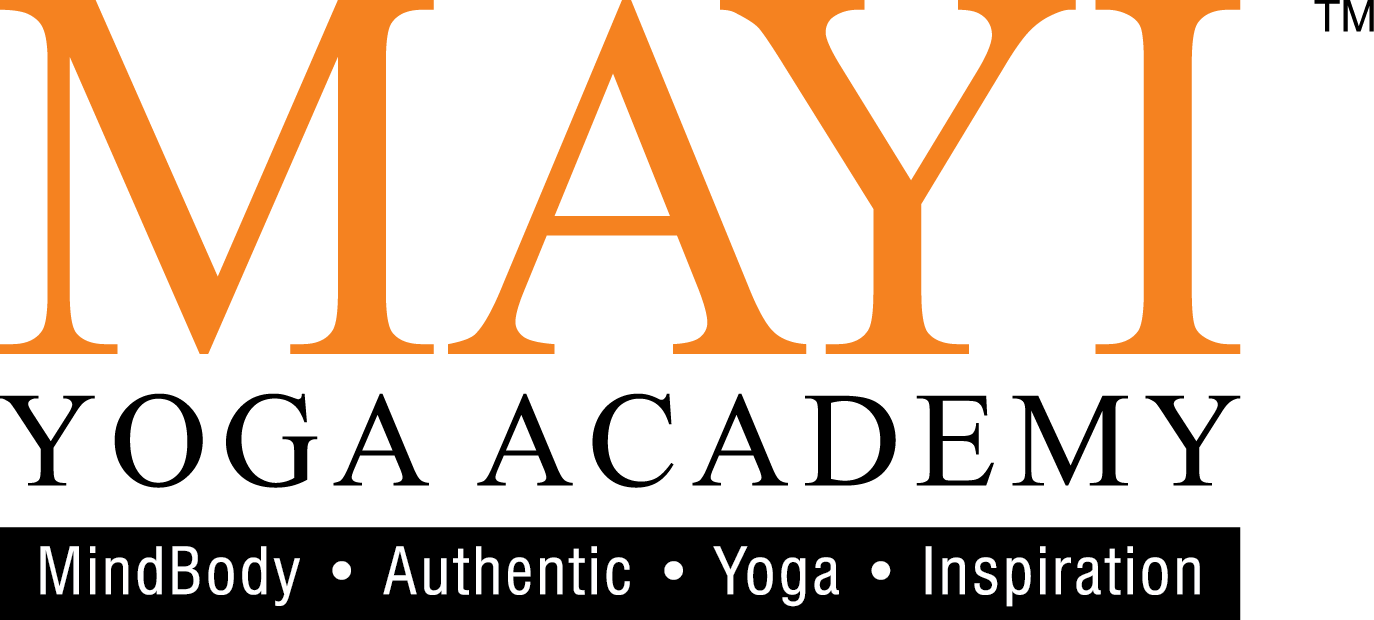Awakening the Body: The Importance of Hatha Yoga’s Joint Exercises (Pawanmuktasana) and Present-Moment Awareness
- July 23, 2025
- Posted by: admin
- Category: Featured Content,
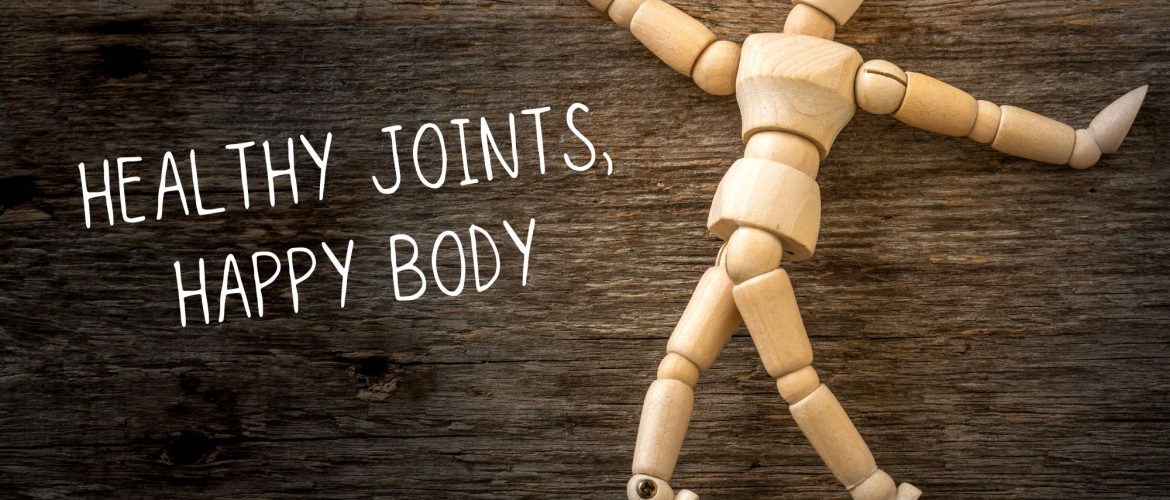
In the fast-paced world we live in, the body is often neglected in favour of mental or emotional pursuits, until pain, stiffness, or injury reminds us of its importance. Hatha Yoga, one of the oldest and most comprehensive systems of holistic well-being, brings us back into our bodies through a systematic, mindful practice that begins with a series of joint exercises known as Pawanmuktasana (wind-releasing practices). These simple yet profound movements help activate and maintain the health of the joints, enhance circulation, release stagnant energy, and serve as a gateway to deeper body awareness and present-moment mindfulness.
What Is Pawanmuktasana?
Pawanmuktasana is a foundational group of practices in Hatha Yoga, often referred to as the “anti-rheumatic group” of asanas. This series includes gentle movements of all the major joints from the toes to the neck, typically practiced at the beginning of a yoga session to remove energy blockages and prepare the body for more intense asanas.
The practices include:
- Toe and ankle movements: Padanguli Naman, Goolf Naman, Goolf Chakra, Goolf Ghoornan
- Knee and hip movements: Janu Naman, Janu Chakra, Janufalak Akarshan, Ardha Titali Asana, Poorna Titali Asana, Shroni Chakra
- Hand and arm movements: Mushtika Bandhana, Manibandha Naman, Manibandha Chakra, Kehuni Naman, Skandha Chakra
- Neck movements: Greeva Sanchalana
These movements are generally performed slowly, with awareness of the breath and bodily sensations, making them ideal for practitioners of all ages and physical conditions.
The Importance of Joint Health
The joints are the body’s pivots, enabling mobility and coordination. As people age or lead sedentary lives, joint flexibility, range of motion, and lubrication naturally decline. This can lead to stiffness, discomfort, and even degenerative conditions like osteoarthritis.
Joint issues are not just a matter of discomfort; they affect the quality of life, posture, mobility, and psychological well-being. According to the World Health Organization (2021), musculoskeletal conditions are the leading contributor to disability worldwide, with joint-related disorders being among the most common.
Maintaining joint health is not simply a mechanical concern – it is deeply tied to the fluid movement of prana (vital energy) in the body, a key principle in yoga philosophy. If joints are stiff or blocked, energy flow is interrupted, contributing to lethargy, poor mental clarity, and emotional stagnation.
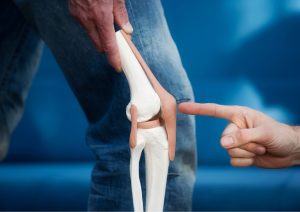
How Joint Exercises Support Joint Health
- Improved Synovial Fluid Circulation
The joints are surrounded by synovial membranes that secrete fluid to lubricate and nourish the cartilage. Regular, gentle movement such as that provided by Pawanmuktasana stimulates this fluid circulation. A study by Cavanaugh & Guilak (2005) highlights how cyclical loading of joints helps maintain cartilage health by promoting nutrient diffusion in synovial fluid.
- Reduced Inflammation and Stiffness
Joint mobility exercises can reduce low-grade inflammation associated with chronic joint conditions. According to a randomised controlled trial, joint-focused yoga therapy significantly reduced joint stiffness and pain in patients with osteoarthritis (Ebnezar et al., 2012).
- Neuromuscular Re-education
Joint movements in yoga are performed slowly and mindfully, which enhances proprioception—the body’s ability to sense its position in space. This kind of neuromuscular feedback improves coordination and balance, reducing the risk of falls and injuries (Goble et al., 2011).
- Improved Circulation and Detoxification
Pawanmuktasana helps improve venous return and lymphatic drainage, especially in the extremities. These effects are amplified when the breath is synchronised with the movement, facilitating better oxygenation and toxin removal.
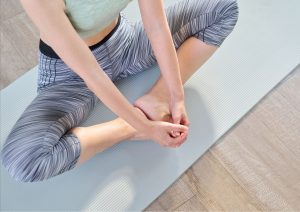
Enhancing Present-Moment Awareness through Joint Movements
One of the most powerful benefits of Pawanmuktasana is its capacity to anchor awareness in the body. The slow, repetitive nature of these movements invites practitioners to feel the texture of each motion—how the joints move, how the breath flows, and how the muscles respond.
This is what makes Pawanmuktasana a mindfulness practice in itself. The awareness developed through these joint exercises becomes the foundation for deeper yogic states such as Pratyahara (withdrawal of senses) and Dharana (concentration).
A study by Schmalzl et al. (2015) found that mindful movement practices, including yoga, enhanced interoceptive awareness, the internal sense of the body’s physiological condition, which has been shown to improve emotional regulation and stress resilience.
A Closer Look at the Joint Exercises and Their Benefits
- Padanguli Naman (Toe Bending)
Stimulates the nerve endings in the feet, encourages circulation to lower extremities, and improves foot arch integrity—crucial for posture and balance.
- Goolf Naman and Chakra (Ankle Bending and Rotation)
Mobilises ankle joints, preventing stiffness. This is especially beneficial for those who sit or stand for prolonged periods, promoting better lymphatic return.
- Janu Naman and Chakra (Knee Bending and Rotation)
Restores the range of motion in the knees, strengthens supporting ligaments and muscles, and helps in early stages of osteoarthritis management (Ebnezar et al., 2012).
- Ardha and Poorna Titali Asana (Half and Full Butterfly)
Loosens up the hip joints, groin, and inner thighs. Aids in releasing pelvic tension, especially useful for those with lower back issues or menstrual discomfort.
- Shroni Chakra (Hip Rotation)
Improves hip mobility and enhances stability for walking and standing. It also supports the sacroiliac joint, essential for spinal alignment.
- Mushtika Bandhana, Manibandha Naman & Chakra (Hand and Wrist Movements)
These exercises combat repetitive strain injuries, such as carpal tunnel syndrome, and increase circulation in the hands. Ideal for people who use keyboards or phones excessively.
- Kehuni Naman (Elbow Bending) & Skandha Chakra (Shoulder Rotation)
Encourages better upper body mobility, releases shoulder and neck tension, and supports good posture, especially for those with sedentary jobs.
- Greeva Sanchalana (Neck Movements)
Mobilises cervical spine, reduces neck stiffness and headaches, and supports nervous system balance by stimulating the vagal tone (Porges, 2007).
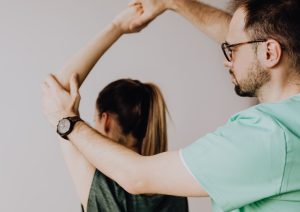
Therapeutic Applications of Pawanmuktasana
These exercises are widely used in yoga therapy, rehabilitation, and geriatric fitness. A clinical study conducted in 2011 showed that Pawanmuktasana practices reduced the severity of musculoskeletal complaints and improved general wellbeing in middle-aged women (Telles et al., 2011).
Moreover, these movements are accessible to individuals with limited mobility, making them ideal for seniors or individuals recovering from injuries.
Pawanmuktasana as a Meditative Practice
Unlike dynamic workouts or stretches, Pawanmuktasana is performed with slowness, breath coordination, and awareness, transforming them into meditative movements. This practice cultivates body mindfulness, essential for reducing stress and anxiety.
Research has shown that body-based mindfulness practices improve psychosomatic integration—the ability to understand and respond to internal bodily cues, which is often impaired in modern lifestyles (Farb et al., 2015).
Integration of Breath
One of the most transformative elements of Pawanmuktasana lies not only in its gentle, systematic movements but in the conscious integration of breath with each action. In yogic tradition, the breath—or prana, the vital life force—is the bridge between the body and the mind, and breathing techniques (pranayama) are essential to fully experiencing the benefits of yoga. When synchronised with Pawanmuktasana, proper breathing enhances physiological efficiency, mental focus, and energetic balance. Each movement becomes a breath-led experience, where inhalation often accompanies expansion or lifting, and exhalation supports contraction, release, or downward motion. This rhythm fosters a harmonious flow of energy and facilitates greater muscular relaxation, especially in stiff or immobile joints. Scientifically, synchronised breathing activates the parasympathetic nervous system, which helps reduce stress and inflammation—common contributors to joint pain and muscular tension (Brown & Gerbarg, 2005).
When practitioners consciously breathe through each movement, they not only supply more oxygen to the muscles and tissues but also enhance circulation to the joint capsules, helping to nourish and detoxify them more effectively. Furthermore, breathing awareness anchors the mind in the present moment, making the practice deeply meditative rather than mechanical.
This present-moment focus, supported by slow, diaphragmatic breathing, reduces mental distractions, improves proprioception, and strengthens mind-body coordination (Saoji et al., 2019). For example, when performing Greeva Sanchalana (neck movements), a slow exhale while turning the head can release built-up tension more effectively than simply rotating without breath awareness. Likewise, during Ardha Titali Asana (half butterfly), exhaling while pressing the knee down promotes muscle relaxation and joint space awareness, allowing deeper, pain-free mobility over time.
From a subtle energy perspective, conscious breathing in Pawanmuktasana helps to unblock stagnant pranic flows, especially in the joints—considered minor marma (energy) points in Ayurveda. This aids in preventing energy congestion and associated stiffness. Regularly engaging in joint movements with mindful breath also trains the lungs to expand more fully, thereby increasing lung capacity and respiratory efficiency—a benefit particularly important for elderly or sedentary individuals. Research supports this; a study by Singh et al. (2022) found that breath-synchronised yoga movements improved ventilatory function and lowered stress levels in middle-aged adults. The breath, therefore, becomes both a tool and a teacher—guiding practitioners toward safe movement, deeper awareness, and inner calm.
Without conscious breathing, Pawanmuktasana risks becoming merely a set of repetitive exercises; with breath, it transforms into a holistic experience that nourishes the body, soothes the nervous system, and cultivates mindfulness. Integrating proper breathing not only augments the physical benefits of joint mobility but also opens a doorway to deeper emotional and energetic balance, aligning with the broader goals of yoga—to harmonise the body, mind, and breath.
The Body as a Gateway to Presence
In essence, the joint movements of Pawanmuktasana are not merely physical warm-ups, but invitations to awaken our connection with the body, fostering awareness, mobility, and health. They remind us that each joint is a living space, not to be overlooked until pain arises, but to be nurtured, moved, and explored daily.
Through the consistent and mindful practice of joint exercises, we reclaim our body as an instrument of awareness, deepen our ability to live in the present moment, and pave the way for more profound spiritual practices.
References
- Brown, R. P., & Gerbarg, P. L. (2005). Sudarshan Kriya yogic breathing in the treatment of stress, anxiety, and depression: Part II—clinical applications and guidelines. Journal of Alternative and Complementary Medicine, 11(4), 711–717.
- Cavanaugh, J. T., & Guilak, F. (2005). Cyclic loading of the human hip joint during walking stimulates cartilage adaptation. Journal of Biomechanics, 38(8), 1753–1759.
- Ebnezar, J., Nagarathna, R., Yogitha, B., & Nagendra, H. R. (2012). Effects of an integrated approach of yoga therapy on patients with knee osteoarthritis: A randomized control study. Indian Journal of Medical Research, 135(4), 515–521.
- Farb, N. A. S., Daubenmier, J., Price, C. J., Gard, T., Kerr, C., Dunn, B. D., … Mehling, W. E. (2015). Interoception, contemplative practice, and health. Frontiers in Psychology, 6, 763.
- Goble, D. J., Coxon, J. P., Wenderoth, N., Van Impe, A., & Swinnen, S. P. (2011). Proprioceptive sensibility in the elderly: Degeneration, functional consequences and plastic-adaptive processes. Neuroscience & Biobehavioral Reviews, 35(3), 589–596.
- Porges, S. W. (2007). The polyvagal perspective. Biological Psychology, 74(2), 116–143.
- Saoji, A. A., Raghavendra, B. R., & Manjunath, N. K. (2019). Effects of yogic breath regulation: A narrative review of scientific evidence. Journal of Ayurveda and Integrative Medicine, 10(1), 50–58.
- Singh, P., Kaur, G., & Singh, N. (2022). Effect of yoga-based breathing exercises on pulmonary function and stress among middle-aged adults: A randomized controlled trial. International Journal of Yoga, 15(1), 45–52.
- Schmalzl, L., Powers, C., & Blom, E. H. (2015). Neurophysiological and neurocognitive mechanisms underlying the effects of yoga-based practices: Towards a comprehensive theoretical framework. Frontiers in Human Neuroscience, 9, 235.
- Telles, S., Naveen, K. V., & Dash, M. (2011). Yoga reduces symptoms of musculoskeletal disorders in middle-aged women: A randomized controlled trial. International Journal of Yoga, 4(2), 64–69.
- World Health Organization. (2021). Musculoskeletal conditions. Retrieved from https://www.who.int/news-room/fact-sheets/detail/musculoskeletal-conditions
